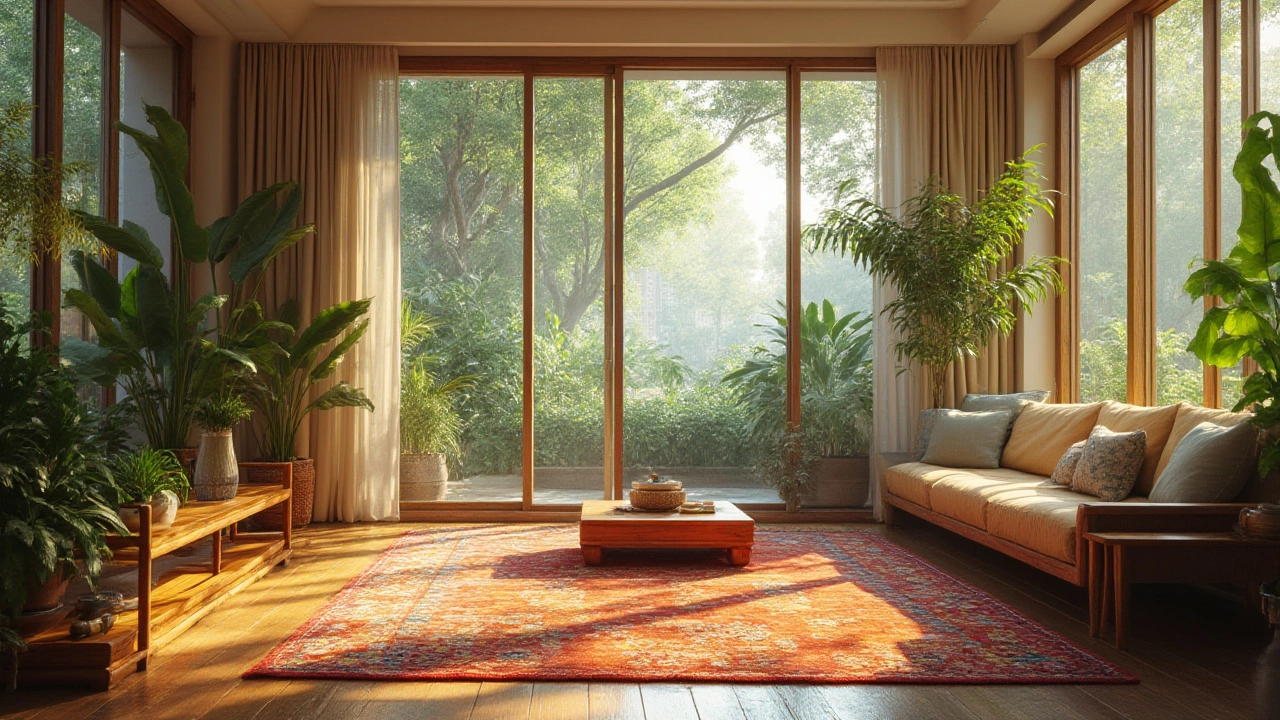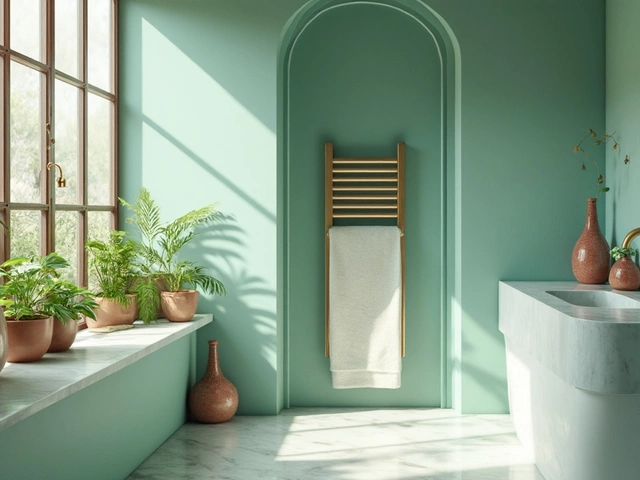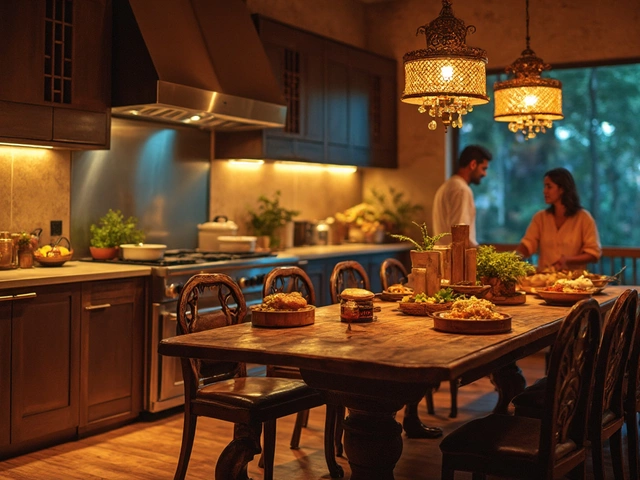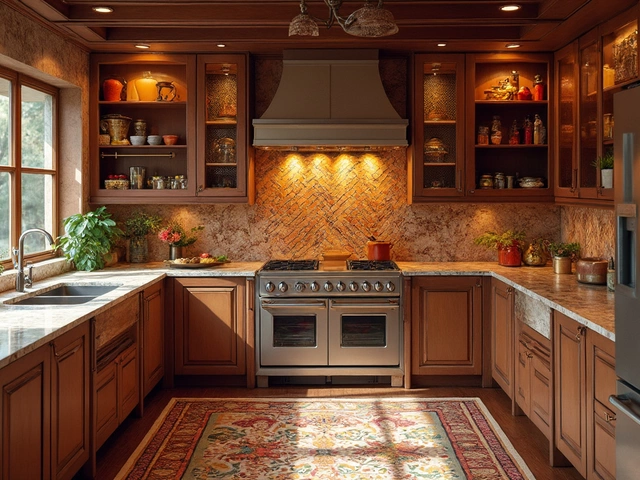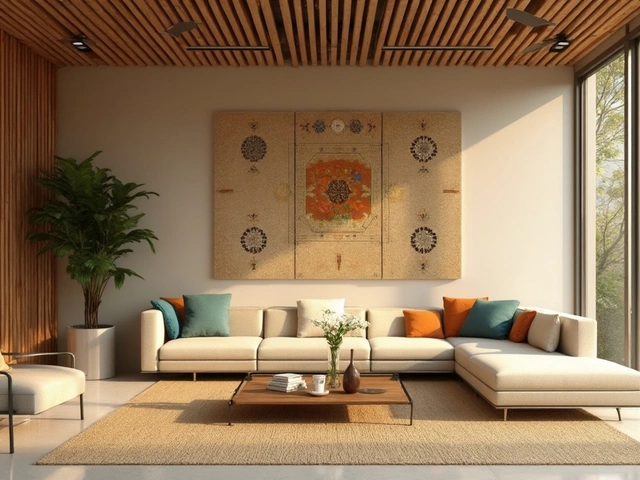Imagine waking up with sunlight pouring in, no curtains blocking the view, or fiddling with dusty fabrics. Sounds wild to some people, but maybe right now it’s what more homes are missing. Curtains feel automatic—move into a room, slap up some panels, done. But there’s a shift happening in design circles and online spaces: the curtain-free window. The look leans fresh, uncluttered, and sometimes downright bold. So, when’s it smart to ditch curtains? Or, better yet, when shouldn’t you have them at all?
Natural Light: The Case Against Curtains in Bright Spaces
Natural light changes a room in ways that lamps and bulbs just can’t. You can paint your walls the lightest white, but nothing rivals the sunshine that floods a space when windows are totally bare. If you find yourself hungry for bright, uplifting daylight, this is the big clue your windows should go curtain-free. Designers say rooms with south- or east-facing exposures reap the benefits—the sun travels through them for hours, making each morning feel fresher.
The health perks of lots of sun shouldn’t be underestimated. Light boosts your mood, increases productivity, and even helps with sleep patterns by regulating melatonin. A research team at Northwestern University found that office workers with more daylight exposure slept longer than those without—it stands to reason that at home, you’d want as much of that as possible, especially if you work at your dining table or in a home office corner.
But there’s more to big, open windows than waking up happy. Plants, for example, thrive in high-light spaces, so if you’re nurturing a kitchen herb garden or a sun-hungry fiddle leaf fig, windows without curtains support their survival. People often notice houseplants start to droop when thick curtains close off crucial daylight. Without curtains, glass keeps in warmth but lets plant-friendly rays pour in all day, even in winter months.
There’s also the fact that clear, clean windows draw the outdoors inside, even in urban spaces. If you look out onto a courtyard, a leafy backyard, or even a city park across the street, no curtains means your brain gets little gifts of nature all day. Some designers refer to this as “bringing the outside in.” A view with trees, even on a busy street, scores big on calming stress, which is proven in multiple environmental psychology studies.
People in small apartments notice this effect most. Cramped city living can feel boxy and closed in with heavy curtains dividing up precious square footage. Pulling them down adds an instant sense of openness. In studio apartments or kitchen nooks, daylight and open glass blur borders, making your world feel just a bit bigger.
If you worry about privacy, there are ways around this. Frosted films, translucent shades, or strategically placed furniture soften sightlines while letting the good stuff—daylight—through. This is why so many renovated kitchens, sunrooms, and rooftop conversions now skip curtains or use minimalist hardware for function over fussiness.
Finally, curtain-free windows are easy to clean (no dusty polyester panels to toss in the laundry). That’s huge if you have allergies. Dust mites love to linger in fabric folds. If you struggle with sneezing or runny eyes, keeping windows bare is a smart trick for a cleaner home environment.
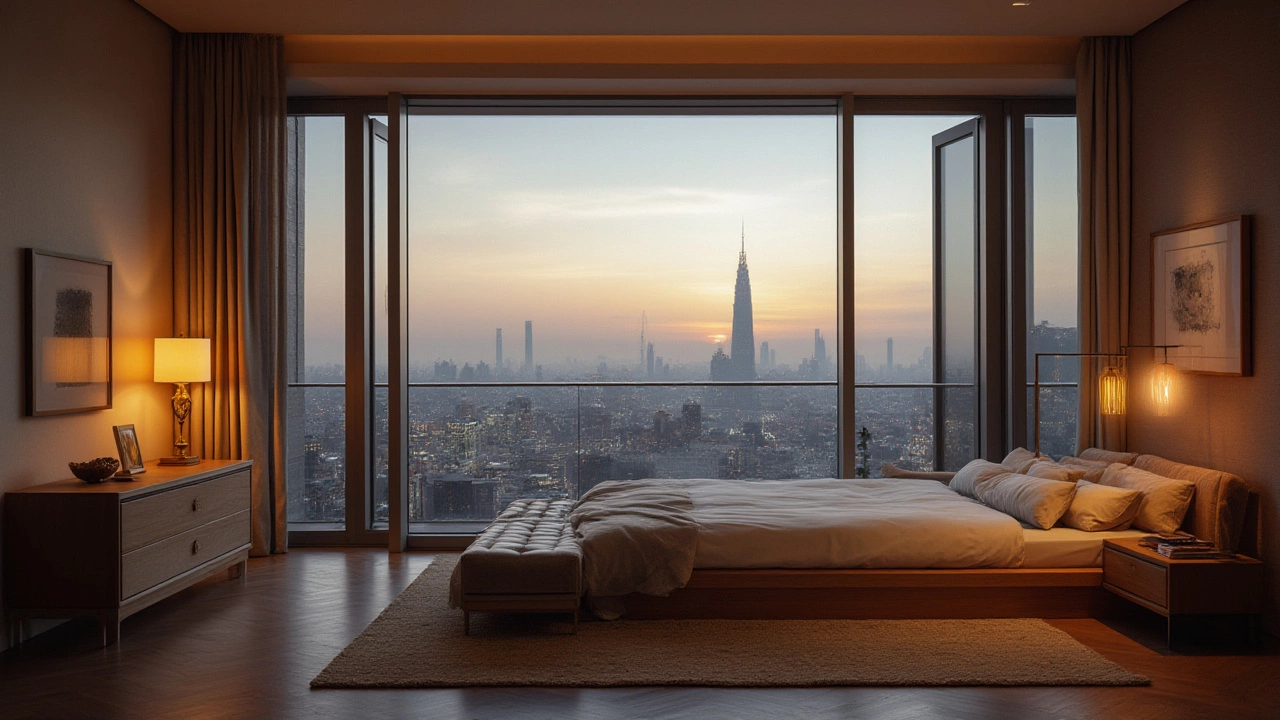
Design Style and Architectural Features: When Curtains Clash
Ever seen some gorgeous original windows and wondered—why cover these up with curtains? With striking architectural details (arched windows, stunning wood frames, or antique glass), curtains can feel like a crime. Modern homes, lofts, and some mid-century spaces often use windows as their main statement piece—wider glass, bold shapes, or unique framing. If the windows are the star, curtains only distract.
The minimalism trend fuels this movement. People crave cleaner lines—less furniture, fewer patterns, and just the slightest visual interruption. Bare windows make the strongest impact when you have a view to show off or are working with beautiful materials. Think: steel-cased windows, old-school divided panes, or even leaded stained glass. In new constructions, architectural windows themselves act as art.
This also matters in open-plan homes. Take city lofts, for example. Floor-to-ceiling windows bring energy into the space and completely define the feel. Big, drapey curtains cut into this effect in a major way. Grocery stores and restaurants are jumping on this, too—if privacy isn’t the main priority, wide-open glass keeps things feeling public, energetic, and modern.
Here’s another thing: curtain rods can be hard to install in rooms with sloped ceilings, awkward window placements, or wall-to-wall glass. Sometimes, the design just doesn’t allow for rods or tracks. Rather than force the issue with awkward tension rods, it makes sense to let good design lead.
The no-curtains look works especially well with:
- Open-concept living areas
- Kitchen windows facing gardens or patios
- Home offices where focus is key
- Bathrooms with frosted or textured glass (no peepers, still lots of light)
- Children’s rooms where easy cleaning takes priority
Some people worry that bare windows look “unfinished,” but that’s old thinking. The best interior design picks up on the language of the architecture. In contemporary farmhouse or Scandinavian homes, windows stay trim and functional to keep things feeling grounded. In fact, a 2023 survey by Houzz reported that 18% of home renovators intentionally chose to skip curtains in new builds, often citing “visual simplicity” or “showcasing original window frames” as top reasons.
When it comes to resale value, it can go both ways. Some buyers love the drama of big, sweeping drapes. Others won’t buy a place cluttered up with outdated curtain rods or dowdy valances. Most staging professionals lean into neutral, unfussy window treatments or nothing at all for higher light and broader appeal in listings.
Worried about pulling off the look? Here’s a tip: if you want to strip windows bare but keep the room cozy, double down on texture elsewhere. Layer throw pillows, bring in a chunky-knit blanket, or lean a wood ladder against the wall. The result—warmth, with no need for curtains at all.
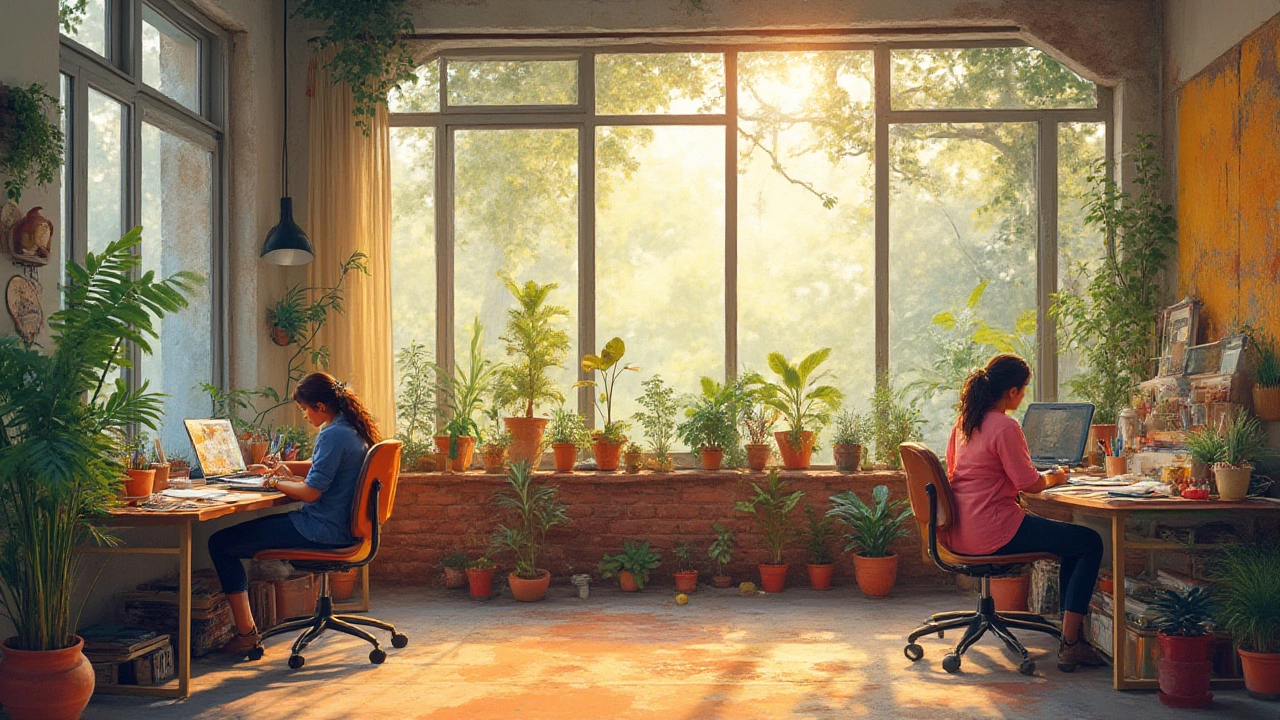
When Curtains Are a Hassle: Practical Reasons to Go Without
Let’s be honest—sometimes curtains are just a giant pain. If you’ve lived with finicky hardware, tangled tie-backs, or a cat that climbs every hanging thing, you get it. There are tons of practical reasons you might want to skip them completely.
People with allergies often find curtains collect dust and pollen. Anyone with pets knows the pain of fur-clung drapes. And parents: kids love to yank on anything loose. In nurseries and playrooms, bare windows count as one less hazard to baby-proof.
For cleaning, windows without curtains are a dream. Spray some cleaner, wipe glass, done—no wrestling with rod pockets or velcro. Since most synthetic curtain fabrics aren’t machine-washable, households with multiple windows (think: older houses that have six or eight windows per floor) save hours each year just by skipping them.
There’s also a real economic argument. Thick drapery and fancy curtain rods get expensive—sometimes shockingly so. Say you’re outfitting two large living room windows. Quality cotton curtains and sturdy rods can easily run $500–$800 for just two sets. Multiply that cost throughout a house and you’re suddenly questioning why the tradition endures at all.
Check this quick cost comparison table for outfitting 4 medium-sized windows:
| Option | Average Total Cost | Annual Maintenance |
|---|---|---|
| Curtains + Rods (4 windows) | $1,000–$1,600 | $50–$100 (dry cleaning/laundering) |
| No curtains (bare windows) | $0 | $0 |
| Sheer roller shades (minimalist) | $240–$400 | $10–$20 (wiping/spot cleaning) |
If you’re renting, bare windows save you the hassle of patching wall holes or returning an apartment to “pristine” condition. Landlords often frown on big bracket installations, and those tension rods have a way of crashing down in the middle of the night—not fun for your upstairs neighbor. Stick-on film or nothing at all is the safest bet.
Another overlooked reason: time. People today are busier than ever, so why add more chores when you don’t have to? The curtain-free movement counts on the fact that homes need to work for modern life—less to break, less to fix, less to store. This is especially handy during moves. Have you ever tried to pack forty feet of dusty, old curtains? No thanks.
Okay, but what about privacy? Here’s where it gets clever. If your windows face a backyard or look out onto trees, there’s often no real need for blockers. If you want to maintain privacy but skip curtains, options like translucent window film, top-down shades, or even eye-level stained glass details mean you can have both. In bathrooms especially, frosted glass is a winner. No moldy shower curtains in sight—just clean, open light.
People who work from home know the drill: calls at weird hours, computer glare to battle. Curtains become less about privacy and more about managing screen reflections. That’s when other ideas—like adjustable shades or even techy, remote-controlled glass tinting—win out. You reduce hassle, avoid visual clutter, while keeping all the practical perks.
For renters or anyone making quick changes on a budget, peel-and-stick solutions or minimalist hack jobs (like running a cable or using simple magnets) make it easy to experiment. You can always add something if you change your mind, but you can’t always recover the holes after drilling for curtain rods.
Summing up, going bare is not just about copying the neighbors. It’s about matching design, lifestyle, budget, and even health priorities to what you actually need. The best homes solve your problems, not just follow traditions. When you find yourself questioning if you need curtains at all, embrace it. Sometimes, the best window treatment is no treatment at all.
